Inside the Coach archives: See the historic handbags that inspire new designs
Founded in 1941, the company now known as Coach started out as a family-run leather-goods business. Two decades later, the company brought in its first lead designer, Bonnie Cashin, and began the transition that eventually made it one of the world's best known fashion houses.
That transition was based, of course, on luxury handbags—and today Coach, now a subsidiary of Tapestry, keeps a model of almost every handbag it has ever made, held in secure shelves at its New York headquarters.
This archive is more than just a snapshot of each Coach era. Like similar archives at companies across the corporate world, it helps current designers draw on past successes to create new products, or reimagine older ones. “Traditional European luxury companies do this, but we are the only ones who have this at scale in North America,” says Coach archivist Ryan Bollwerk.
At Coach's archive, it's particularly striking to see how past designs inform new looks. A notable example is the turnlock that has been a staple of Coach's purses for decades. For that design, Cashin reportedly looked for inspiration in automobile hardware, copying the brass footings that held down the roof of her convertible. Archive visitors can also trace the evolution of the brand’s iconic Bucket bag, and see how Coach's current hot-selling version playfully echoes a design that customers first found appealing more than 50 years ago.
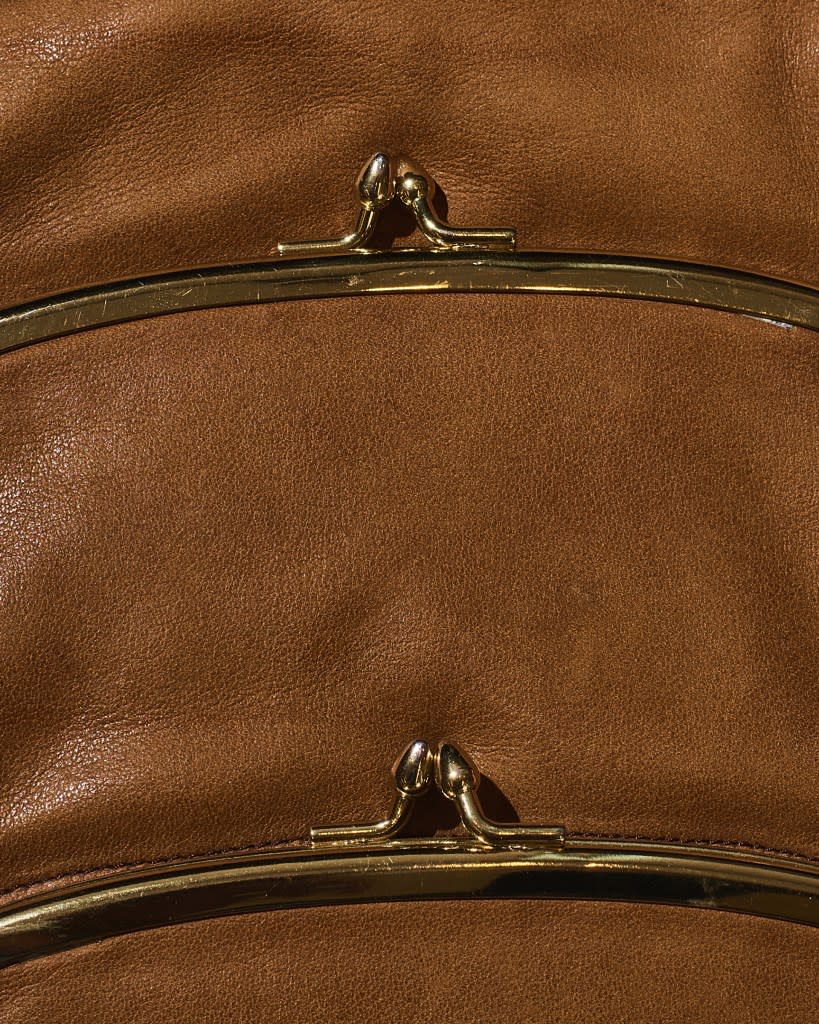
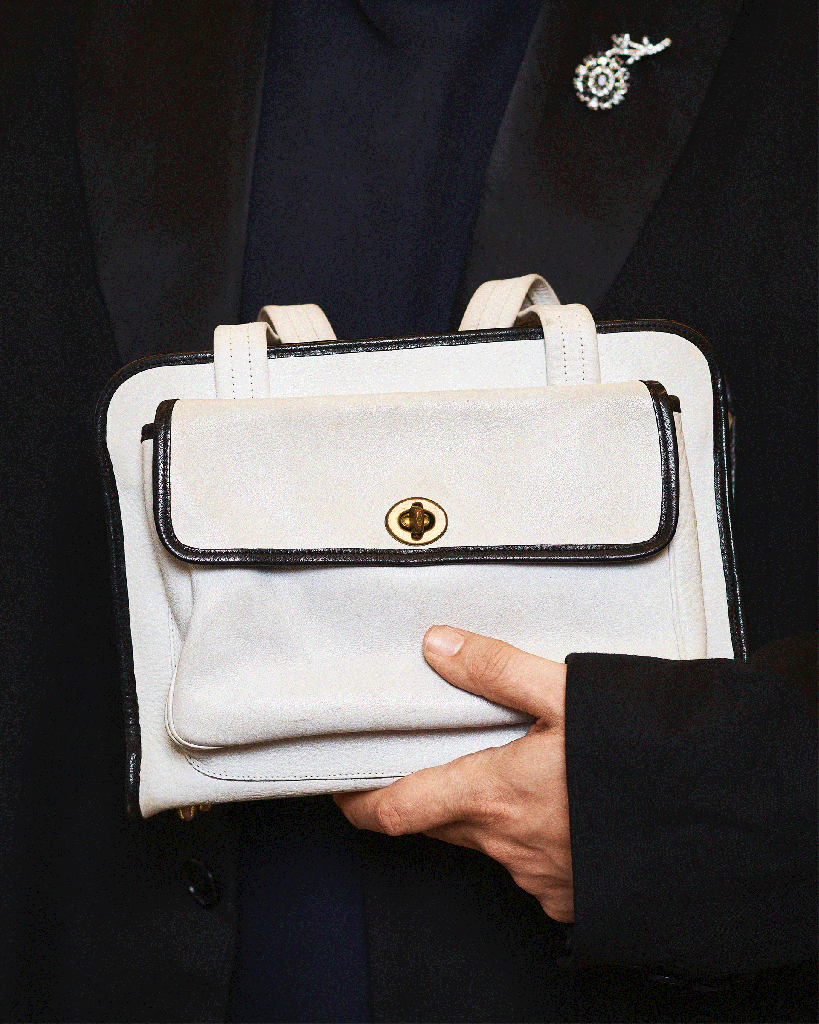
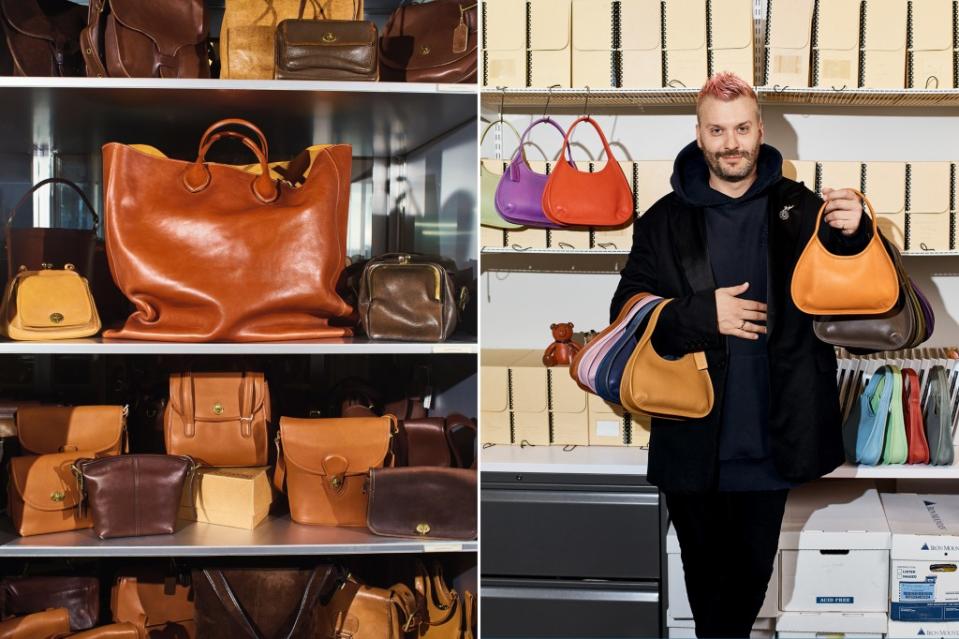
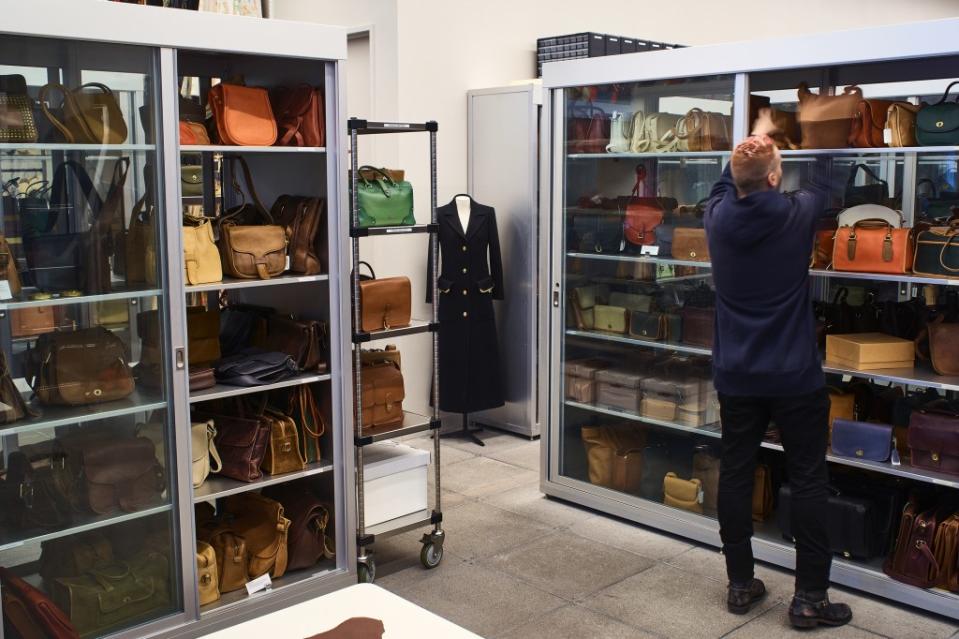
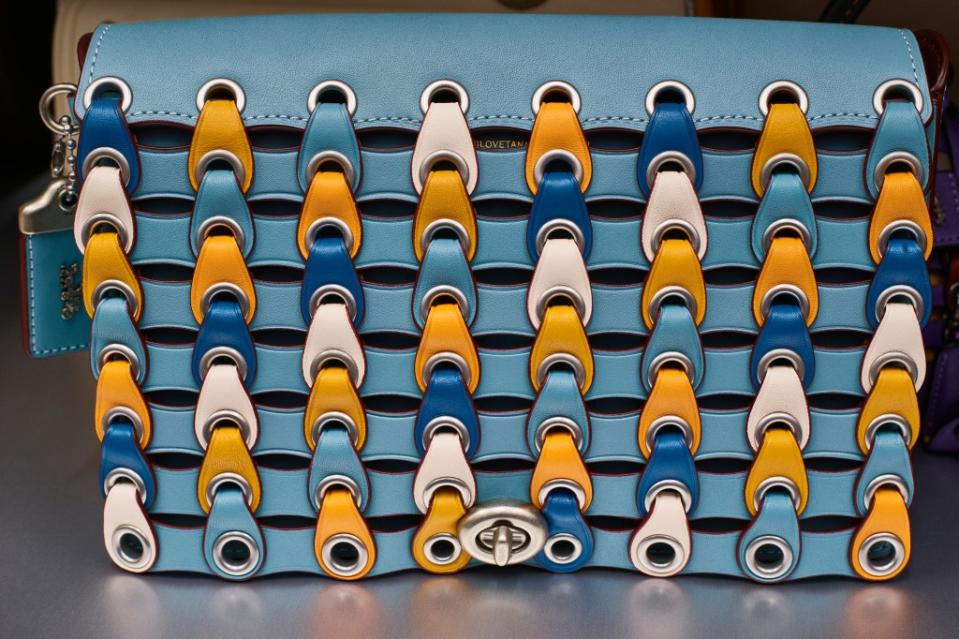
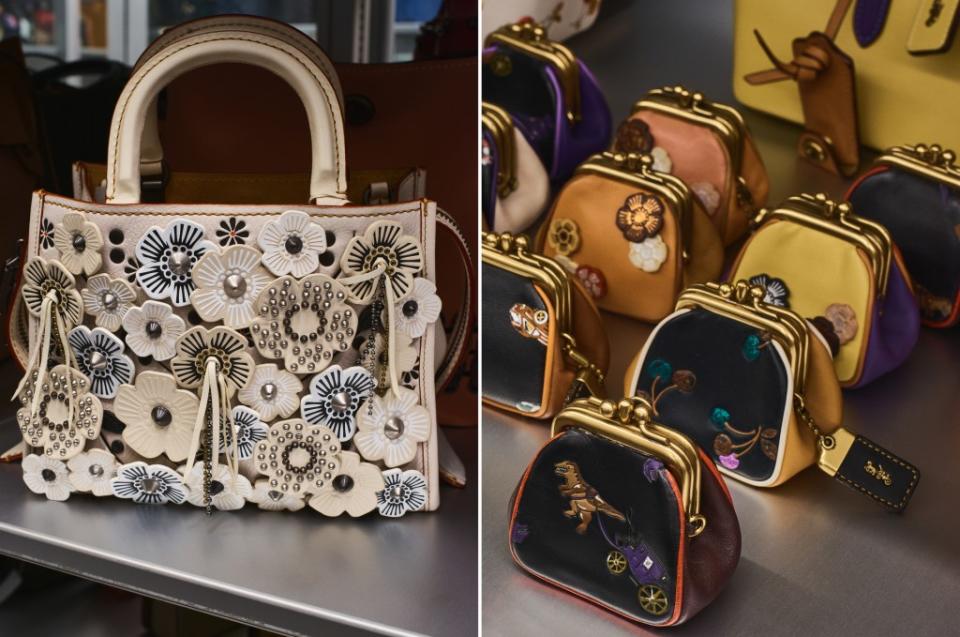
This story was originally featured on Fortune.com

 Yahoo Finance
Yahoo Finance 